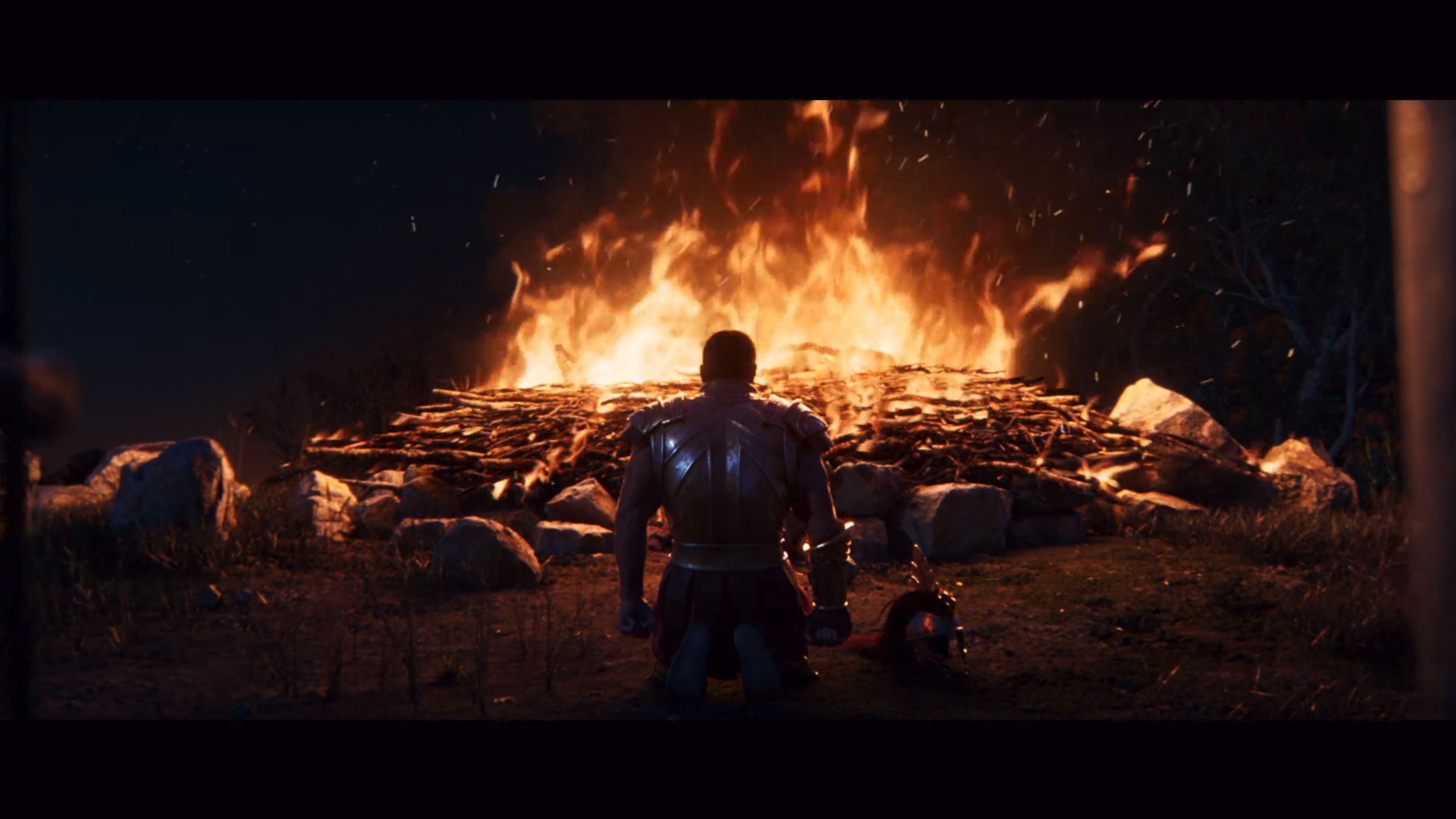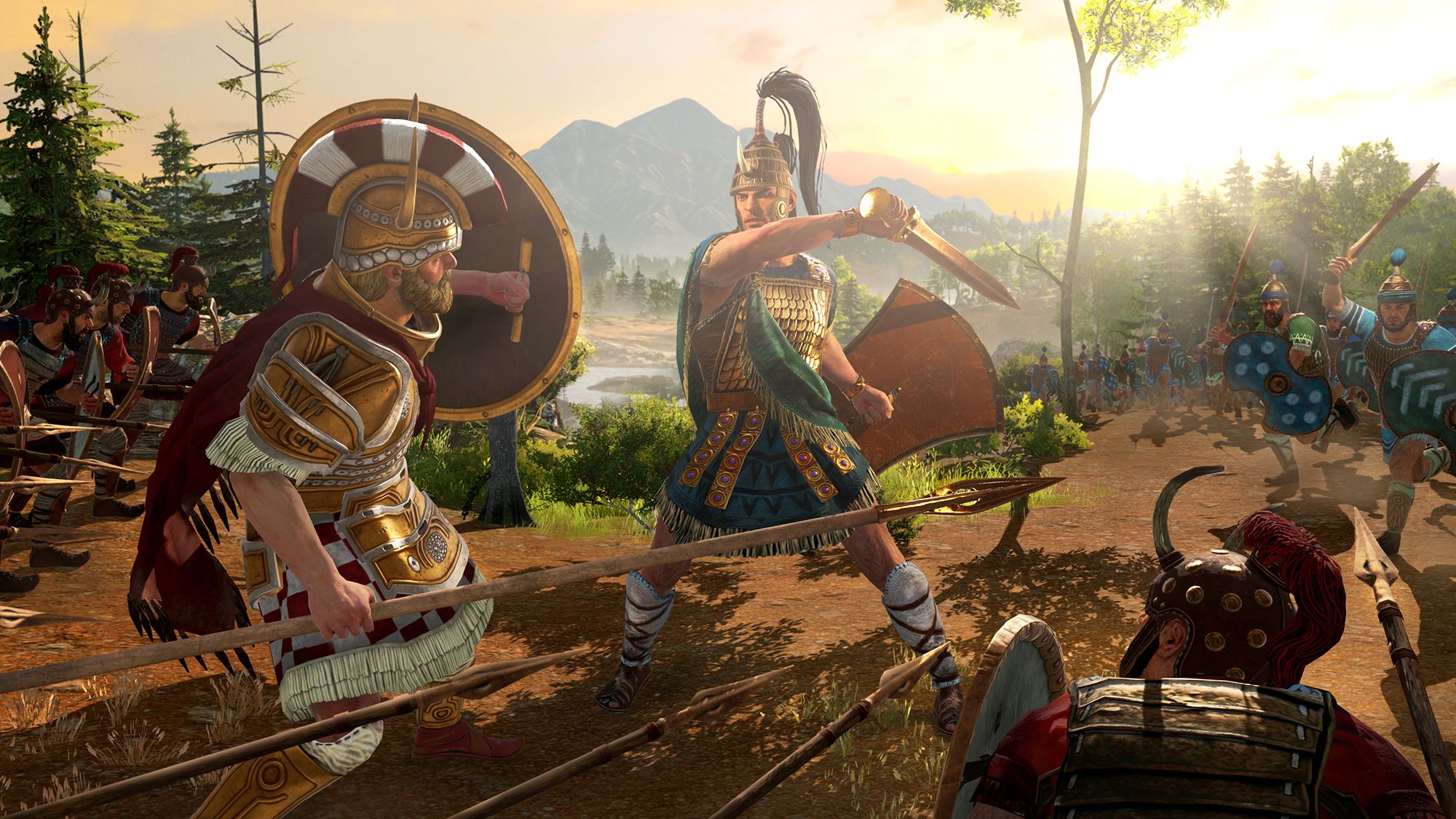
Creative Assembly returns to the Mediterranean as it tacks on another unsurprisingly excellent entry to the Total War franchise with the release of A Total War Saga: Troy. The first Total War game to take place during the Bronze Age, players will battle for supremacy using characters straight out of Homer's Iliad, all while Creative Assembly shows them exactly why Total War has been a mainstay in the real-time tactics genre for 20 years.
Over the past two decades, Total War has taken players on paths of conquest across the Roman Empire, the Three Kingdoms period of China, and even in the high fantasy world of Warhammer. In recent years, Total War: Warhammer II has been a favorite among fans with DLC still being developed even three years after its release. While not as grand in scope as its fantasy predecessor, Creative Assembly sticks to its roots of historically grounded war tactics with A Total War Saga: Troy as players return to the Mediterranean Theatre for the first time since Total War: Rome II was released back in 2013.
A Total War Saga: Troy looks, feels, and plays just like many other Total War entries before it, only with a fresh coat of paint, though this isn't just another remaster as it takes a series first dive into the mythic story of the Trojan War. Veterans to the series will be able to pick up the newest entry with relative ease. Once they get past the minor UI adjustments, they'll find that many of the shortcuts from previous titles work just as they're used to. However, this isn't just the same game reskinned for the Trojan War. A Total War Saga: Troy has several new features, like the multiple resource economy, Mythical Units, devotion, and more.

The game's art direction is superb, with Creative Assembly fully leaning into the ancient Grecian aesthetic, but keeping a firm grasp on the reality behind the myths and legends. Visually, A Total War Saga: TROY marries the realistic renderings common in past titles with aspects like a skybox that looks as if it belongs on the side of an ancient pot in a museum. The UI takes full advantage of this stylistic choice, containing all of the bits and pieces that players expect out of a Total War interface, but polished in a fresh look that could easily be out of a history book.
With the setting of ancient Greece, the various monsters from heroic myths were bound to make an appearance, but Creative Assembly has put a more realistic spin on the designs. Players can recruit Mythical Units like Centaurs, Harpies, and Cyclopes into their armies, but instead of the mythic beings seen in Dungeons & Dragons, the units are instead unique takes on said monsters that strive to ground them in more historically accurate representations. Centaurs, for instance, are not the half-horse half-human hybrids one would expect but are rather soldiers on horseback (something very rare on the battlefields of A Total War Saga: Troy).

Among the various new gameplay elements, A Total War Saga: Troy has implemented the aforementioned multiple resource economy. In previous titles, gold or a similar currency stand-in was of paramount importance, with nearly every improvement and unit in the game costing gold to buy, build, or upkeep. These different roles have now been split between 5 resources: Food, Wood, Stone, Bronze, and Gold. Food is the main resource for recruiting and upkeep of units and Wood is the basic building material. Bronze and Stone are used to supplement Food and Wood respectively to make mid-high tier units and buildings, and Gold is used for late game, high-end purchases. Being dependant on multiple resources forces players to diversify their portfolios, so to speak, and think strategically about taking cities that produce the resources they lack. Players will also need to balance their devotion to several of the Greek deities, devotion that is rewarded with bonuses like increased happiness, increased growth, and improved diplomatic relations depending on which God players choose to honor.
On launch, there are 8 playable factions in A Total War Saga: Troy, each led by an Epic Hero. On the Greek (or Danaan) side, there is the legendary Achilles, the mad king of Greece Agamemnon, the lord of Ithica Odysseus, and the king of Sparta Menelaus. On the Trojan side, the two Trojan princes, Hector and Paris, are joined by Aeneas, a son of Aphrodite, and Sarpedon, a son of Zeus. Each side of the war gives access to unique Trojan or Danaan basic units, and each Epic Hero has their own line of units that are unique to them and their faction. Aside from units in battle, there are unique campaign mechanics to the 8 Epic Heroes. Achilles, for instance, is always being issued challenges from other warriors, and the two Princes must compete for their father's favor to be named the next King of Troy. There is also scheduled DLC that will allow players to play as the all-female Amazon warriors.

Creative Assembly's dedication to keeping A Total War Saga: Troy grounded in historical realism has also affected the types of units available to players. Because of the lack of horses on the battlefield and the ones that are there being reserved for chariots, standard melee infantry has taken on a greater and more varied role. There are now 3 different weights of infantry: light, medium, and heavy. Light units are usually faster than their counterparts and can serve to fill the flanking role that would typically be filled by cavalry in other Total War games, though are less armored and as such don't hold up well in prolonged melee combat. Heavy units are more heavily armored than their counterparts, able to soak more damage and withstand arrow volleys more easily. Medium units split the difference, operating in the spaces between Light and Heavy infantry.
While Creative Assembly was able to vary the kind of infantry to give players more strategic options despite the lack of unit variety, there is still a shocking lack of options when compared to the aforementioned Total War: Warhammer II. Not only were there more factions and races to choose from, but also an in-depth magic system and a larger world map. This isn't to say that A Total War Saga: Troy is worse than its predecessor, but to say that the previous entry does a better job in showing the full extent of what a Total War game can be. In many ways, A Total War Saga: Troy is a more streamlined and focused game than Total War: Warhammer II, a period piece that dials in on the conflict and the people involved, but in doing so lessens its scope.
A Total War Saga: Troy is an excellent new addition to the Total War franchise, and while it may seem small in comparison to some of its predecessors, its attention to detail and strong art and design choices are more than enough to make this a memorable entry. Fans will find new and interesting challenges in the new features but will find comfort in the strong tactical gameplay that had been honed to perfection over the past 20 years.
A Total War Saga: Troy is available now exclusively on the Epic Games Store, with plans for a Steam release next year.
from ScreenRant - Feed https://ift.tt/2DVPcAF






0 Comments
Please don't use vulgar comments and avoid discussion on Religious matters